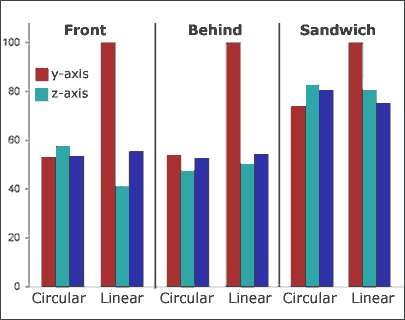Corrugated cardboard is generally considered an “RF-friendly” material. That is, RF energy passes through it easily, enabling RFID tags embedded in the cardboard or on the other side of an empty box to be interrogated, or read, easily. But if the cardboard absorbs moisture, it becomes less RF-friendly, and even after it dries out, it is never as RF-friendly as it was before it got moist.
This effect is know as hysteresis, and it’s just one of the findings to come out of research being done at the Michigan State University School of Packaging, which has been studying the effect common packaging materials have on UHF radio frequency identification systems. Under the supervision of Robb Clarke, a professor who teaches an RFID course at the school, students have tested how UHF signals are affected by colored glass, corrugated cardboard, aluminum and stretch wrap. He presented the results of the research at the International Packaging Seminar 2005 in Tokyo, an event hosted by Japan’s Society of Packaging Science & Technology.

Students tested the ability to read Class 1 and Class 0 Electronic Product Code tags at a standard temperature and humidity (22° Celsius and 55 percent relative humidity), raised the temperature and humidity to 29.4° C and 70 percent RH, respectively, and then to 37.8° C and 85 percent RH, with all three variables conditioned for 96 hours in order to reach the equilibrium moisture content. They found that tags could be read 99.5 percent of the time at normal temperature and humidity, but only 97.5 percent of the time at high humidity levels. (The higher temperatures did not affect the RF readability, but helped the cardboard to absorb moisture at high humidity.) After the corrugated board samples dried out and were again conditioned at 22° C and 55 percent RH, the read rate improved from the high-humidity tests but only achieved a 98.1 percent read rate.
“This shows that you can’t solely test RFID systems in a lab with standard heat and humidity conditions,” Clarke told the audience of Japanese packaging executives. “When you take the tags and readers out into a warehouse, where temperature and humidity change, the system will not perform as expected.”
Clarke’s students tested the ability to read tags on cases of beer in aluminum cans and stacked on a pallet. They found the read rates of tags on the exterior of the pallet ranged from 92.7 percent for visible tags on the sides of cases to 25 percent for visible tags on the tops of cases. The read rates for tags facing the pallet’s interior ranged from 8.7 percent for interior-facing tags on the sides of cases to 3.1 percent for interior-facing tags on the tops of cases. They attempted to improve the read rates of tags by backing them with a piece of corrugated cardboard. They also tried sandwiching the tags between layers of corrugated cardboard to create air gaps. Although neither approach improved the read rates for tags placed on the sides of cases, sandwiching the tags between layers of corrugated cardboard did improve the read rate for tags on top of cases, to 72 percent for exterior-facing tags and 10.3 percent for interior-facing tags.
Students also attempted to read tags in front of, behind and sandwiched between sheets of clear, green and amber glass to see if the chemical composition of the different types of glass had any effect on the read rate. They found that the presence of glass did reduce the read range, generally between 40 and 80 percent of the original distance, but there was no significant difference based on the color of the glass. The tests did show, however, that the type of reader antenna did make a difference (see chart).
Finally, the students attempted to read tags on and through common polyethylene stretch wrap. They read the tags with no wrap, then increased the number of layers of wrap covering the pallet, and found that there was no effect on the ability to read the tags. Clarke cautioned, however, that not all stretch wraps are alike.
“Polyethylene wrap is the most common, but sometimes chemicals are added to the wrap to change its performance characteristics,” he says. “We are currently studying whether these additives have any effect on the RFID systems. Companies should not assume that there is no impact until they’ve tested the effect of their stretch wrap on the ability to read the tags.”

